Last-Minute NYC Holiday Gift Guide 🎁
We’ve created a holiday gift guide with presents for the intrepid New Yorker that should arrive just in time—


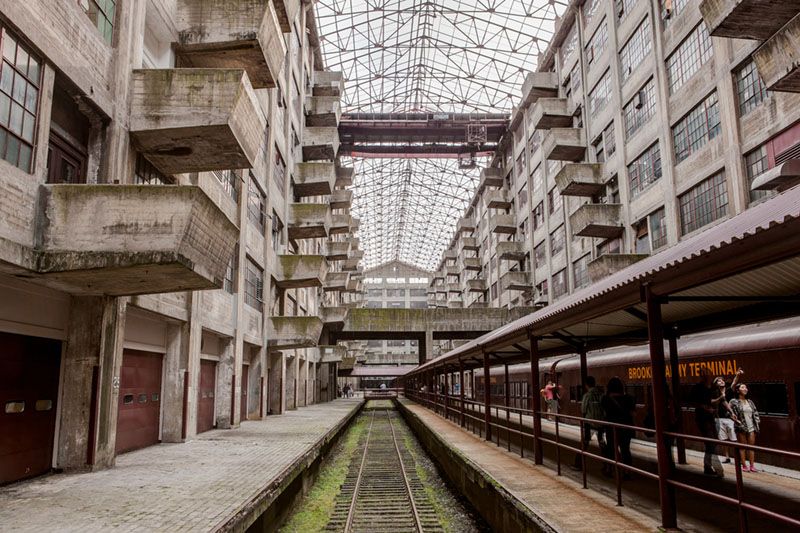
Photo courtesy Open House New York: Nicolas Lemery Nantel
Every year, Open House New York celebrates architecture, urban design and public space by providing people with unparalleled access to architectural sites in New York. Since its inaugural year in 2003, the weekend event has grown to include over 200 participating sites across all five boroughs.
This year marks the 15th anniversary of OHNY weekend, which will take place on October 14th and 15th. Today also happens to be the official release date for all the 2017 locations. In celebration, we’ve curated a list of Open Access sites to check out, which do not require advance reservation.
In partnership with OHNY, Untapped Cities is also excited to announce a giveaway for a Weekend Passport, a VIP pin that gives the wearer and a guest front-of-the line access to as many as 150 participating sites. To enter the contest, see our Rafflecopter embed below. You can win entries by interacting with us on Instagram, Twitter, and Facebook! The giveaway will run until end of day October 7th, 2017.
In the meantime, here are 10 must-visit open access sites to check out this OHNY Weekend:

Not much remains of the 1964-65 World’s Fair aside from the ruins of the New York State Pavilion. Designed by architect Philip Johnson, the stunning structure, regarded as the jewel of Flushing Meadows-Corona Park in Queens, is comprised of three components — the “Tent of Tomorrow,” which once supported a cable suspension roof, the “Theaterama,” currently home to the Queens Theatre, and the three concrete Observation Towers, including two shorter towers that held once cafeterias and one taller tower that held an observation deck.
This year, we hosted two special access, hard hat tours inside the Pavilion. See photos and video footage of the experience here.
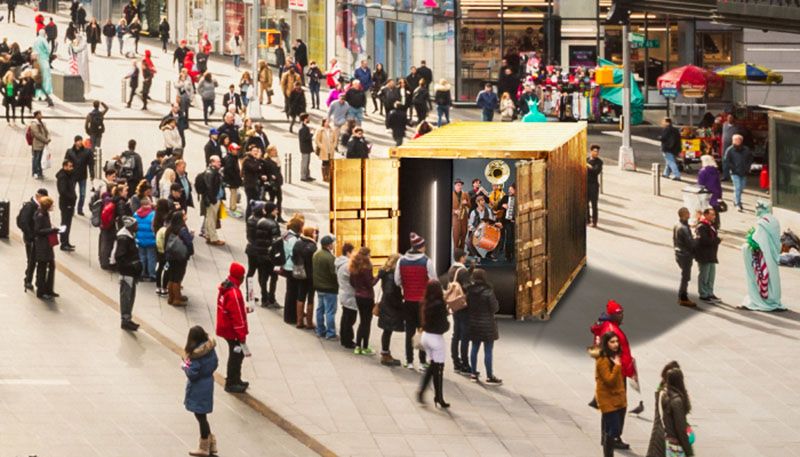
Image via TimesSquare_Portal. Rendering courtesy of Shared_Studios; original photo by Michael Grimm for Times Square Alliance
In partnership with Shared_Studios, Times Square Arts is bringing TimesSquare_Portal to one of New York City’s busiest commercial hubs:Times Square. The interactive public art installation will run from October 10th to November 21st, and feature a gold shipping container equipped with immersive audio-visual technology. During the span of seven weeks, visitors are invited to enter the container, where they will come “face-to-face, live and full-body” with someone in an identical space someone else in the world (including in countries like Afghanistan, Germany, Honduras, India, Iran, Iraq, Jordan, Kazakhstan, Kenya, Mexico, Myanmar, Pakistan, Palestine, Panama, Rwanda, Spain, the United Kingdom, the United States, Vietnam and Yemen).
The “portals” will exist in a variety of locations such as refugee camps, art museums and public plazas. Each week of the installation will focus on a different theme ranging from food to identity. Free timed reservations can be booked at www.TimesSquarePortal.com, but walk-ins are welcome. Open House New York is also offering advanced registration tours of TimesSquare_Portal starting tomorrow.

Image via Open House New York: Nicolas Lemery Nantel
The Brooklyn Army Terminal, located in Sunset Park, was once the largest military supply base in the United States through World War II. Designed by Cass Gilbert, the complex was completed in 1919, and remained in operation until the 1970s. In 1981, the federal government sold the site to city, which began leasing the property to businesses. Today, it is filled with warehouses, offices and other commercial establishments, and continues to undergo further renovation.
Also, read about the Top 10 Secrets of the Brooklyn Army Terminal.

The Little Red Lighthouse, known officially as Jeffrey’s Hook Light, is situated underneath the George Washington Bridge. As one of the few surviving lighthouses in New York City, the structure — built in 1880 and moved to its current site in 1921 — still serves as a reminder of the area’s history.
Using its 1,000 pound fog bell and red flashing light, the lighthouse used to guide ships from Sandy Hook, New Jersey. It has remained out of operation since 1917.

Ever wonder where your recyclables go after you sort them? Well, 18,000 tons of residential metal, glass, plastic and paper in New York City go through the Sunset Park Material Recovery Facility every month. Located on the 30th Street pier in Brooklyn, the facility is operated by Sims Metal Management, the company that processes all of the city’s recyclables collected by the Department of Sanitation.
It’s a state-of-the-art plant, both for the processing technology inside and for its architecture, which incorporates many sustainable elements. In fact, it previously won New York City’s Award for Excellence in Design. Read more about the Sims Sunset Park Material Recovery Facility here.
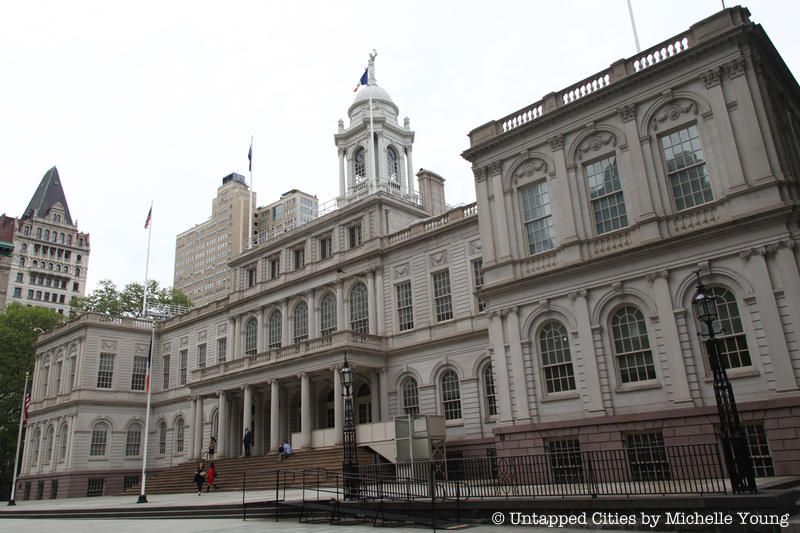
Completed in 1812, New York’s City Hall is one of the oldest City Halls in the nation still serving its original purpose. It is the third home of New York City’s government, in addition to a National Historic Landmark and a New York City Landmark. Furthermore, the rotunda, lit by a central oculus and graced by a “floating” staircase, is an New York City interior landmark.
Before you visit during Open House New York, read our guide to the secrets of City Hall so you know what to look for.
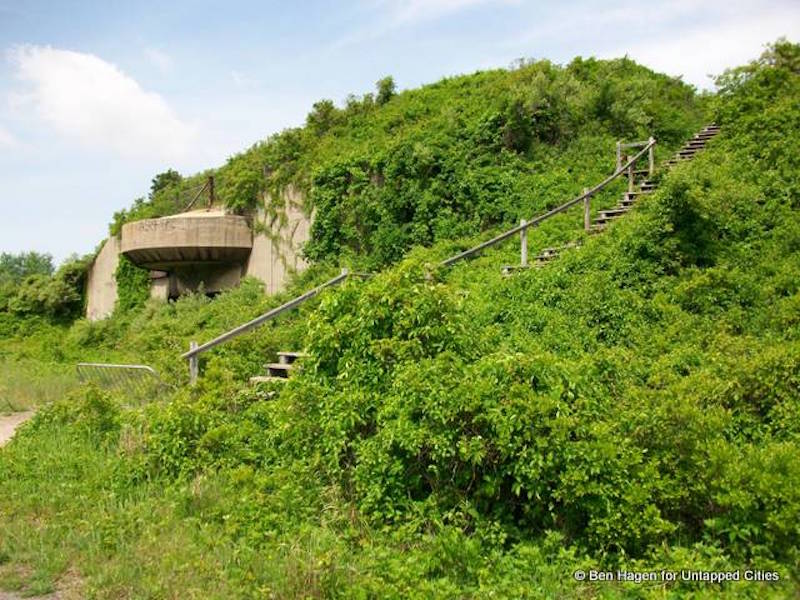
An abandoned military base by the ocean sounds like an urban explorer’s dream or a poetic device, but it really exists at Fort Tilden, the ex-Army base that is now being reclaimed by nature. The fort was constructed way back in 1917, and it served as a fort in both World Wars as well as the Cold War. During World War I, it housed ammunition hoists, electric lights, and telephones. During World War II, over ninety new buildings were added to the fort, and it later became a centerpiece of American defense.
The area is full of the hulls of silos, and visitors can see the huge concrete batteries built into bluffs, each of which housed a 70-foot-long cannon way back when. It’s now a natural area of beach and maritime forest; a labyrinth of abandoned rooms and amphitheaters also hosts the odd art installation or performance.
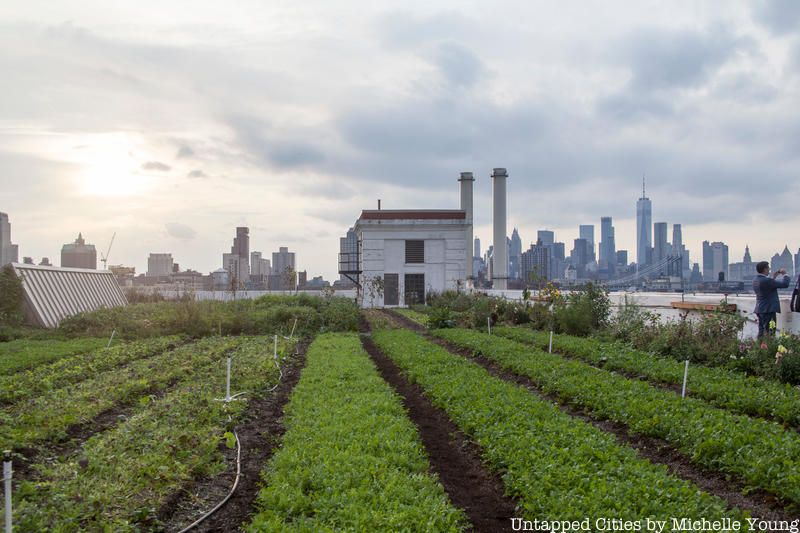
Leading the pack in terms of acreage (2.5) and gross production (50,000 pounds of vegetables per year), the Brooklyn Grange operates a network of rooftops farms, including their first Long Island City location, established in 2010.
Founded through a CSA, this for-profit organization specializes in selling to local businesses and spurring community economic growth. Their Brooklyn Navy Yard location has begun offering increased public access, with school programs, sunrise yoga, and even weddings that they personally cater. They also operate the city’s largest apiary, with 30 beehives currently in operation.
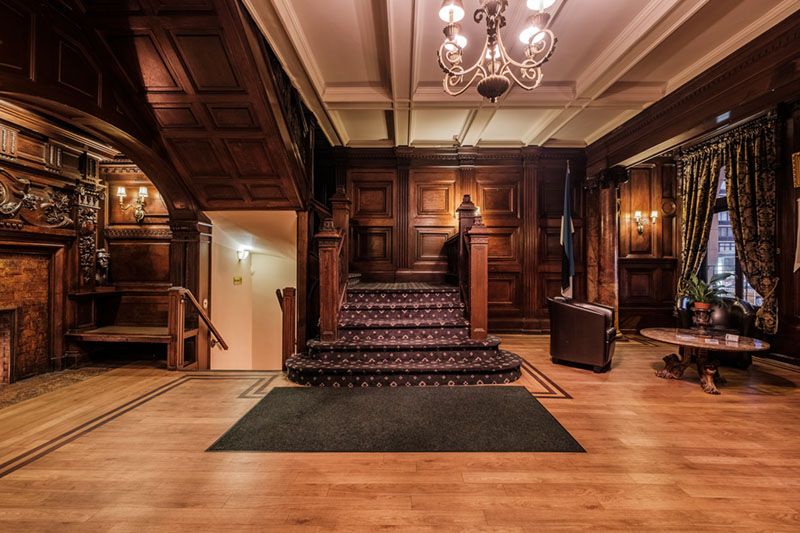
Image via OHNY: Magnus Heinmets
The Civic Club building, now the New York Estonian House, is located in Murray Hill on 243 East 34th Street between Second and Third Avenues. In the late 19th century, the three-story Beaux-Art edifice was built for the Civic Club, founded by social reformer Norton Goddard who wanted to combat gambling and reduce poverty.
Following his passing in 1905, the building was eventually sold to The New York Estonian Educational Society, Inc., which still owns the house. Today, it serves as a center for Estonian Culture, and is home to a number of Estonian organizations such as the New York Estonian School and Vaba Eesti Sõna, the largest Estonian-language newspaper in the United States.

The landmarked
Jefferson Market Library that sits between Sixth Avenue, Greenwich Avenue and Tenth Street has a fascinating prior life. Designed by architect Frederick Clark Withers, the stunning structure was originally constructed as the Third Judicial District Courthouse and featured a prison next door where the garden is today (itself replacing a dingy police court over a saloon and a wooden fire tower). In 1967, just under a decade after being saved from demolition through community efforts, the building was reopened as aNew York Public library branch after a large scale restoration effort, estimated to cost roughly $1.4 million. The library officially opened its doors in 1967 and continues to remain in operation.
Win an Open House New York VIP Weekend Passport from Untapped Cities and look back at the 10 Must-Visit NYC Locations to Check Out During OHNY Weekend last year.
Subscribe to our newsletter